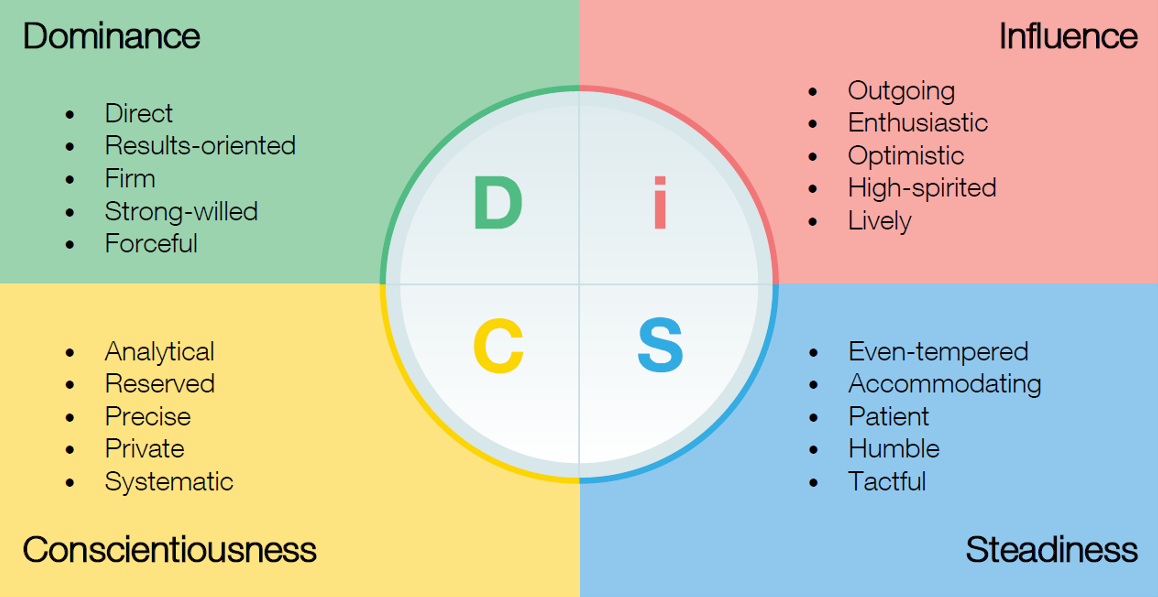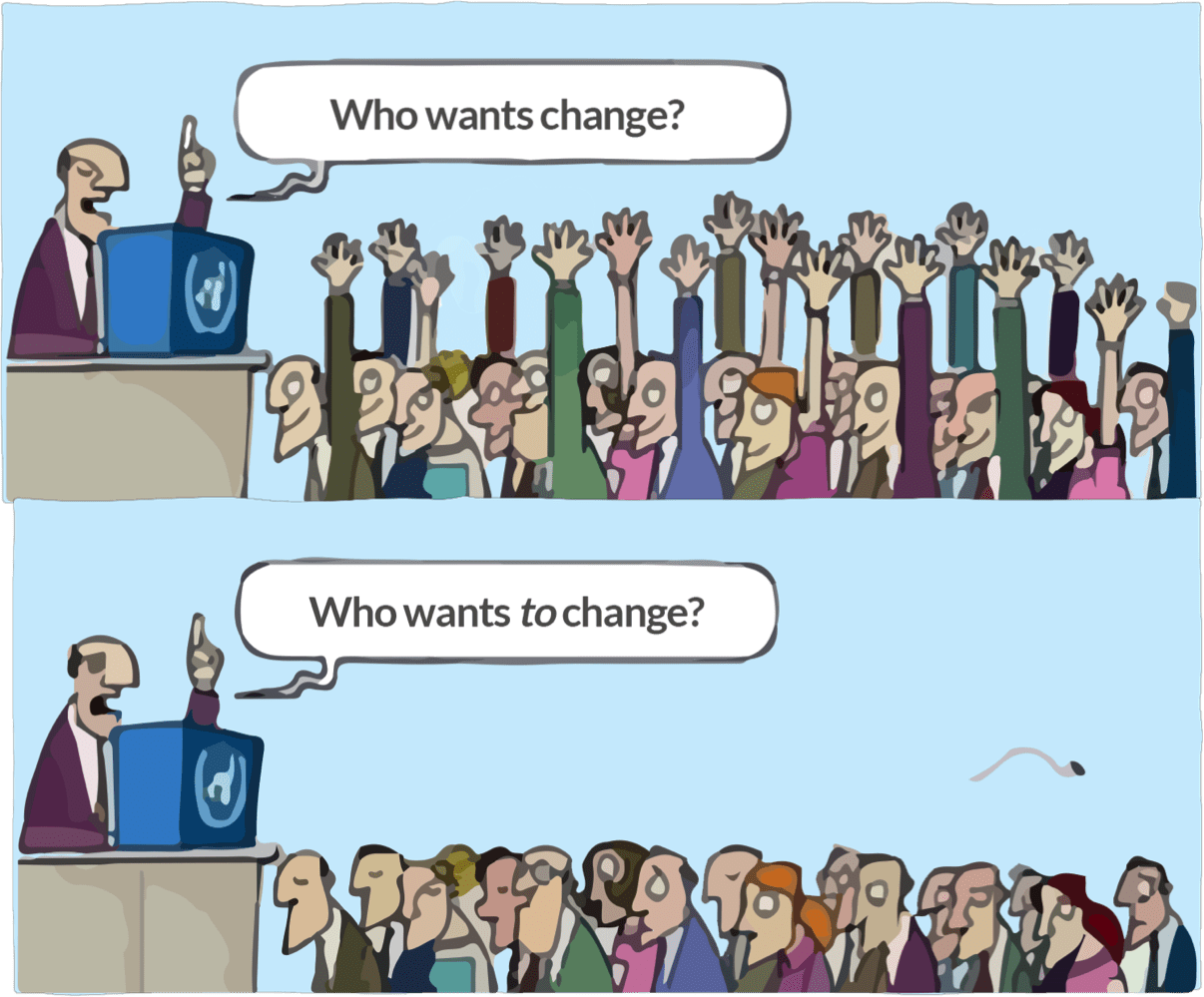
Using DiSC for the People Side Of Change Management
Organisations are constantly undergoing change. Whether organization is implementing a new strategy and culture or responding to market trends like digitalisation, change is a necessary and vital part of long-term organisational success.
Yet, all too often, people react to changes so differently. Have you ever wondered why? What are some of the change management strategies to handle these various reactions? One of the reasons that change efforts fail is when leaders fail to take the human side of transition into account.
In the landmark change management study of more than 100 companies over 10 years, Harvard Business School professor John Kotter, reported the incredible finding that approximately 70% of change initiatives fail. Whether it was a large scale or a smaller scale change, it often failed to achieve the necessary commitment. This is where DiSC® assessments can help.
Using DiSC psychometric model to understand these differences along with Prosci® change management tools will go a long way to facilitating change and managing people more effectively.
The DiSC model is constructed on two behavioral dimensions which form four basic profiles. Each profile, or behavioral prototype, describes preferred environments, communication styles and workplace relationships. The profiles also indicate the greatest fears, motivators, stressors and attitudes toward change.
Without thoughtful leadership to manage personalities within your team, changes can become much more difficult on people and will ask a lot from leaders.
One of the most frustrating things for leadership can be employee resistance to change. “Why can’t they just get on board and do what’s needed to get this initiative done?”. But that would be too easy…
Importance of understanding other personalities
During change, the emotional intelligence of yourself and others is critical for:
- Keeping employees engaged and productive
- Decreasing resistance, stress and conflict
- Maintaining the quality of services that customers need and expect
Using the DiSC Profile can be a very powerful tool to carefully assess people on key change competencies. Not all people embrace change with the same level of enthusiasm. A percentage of the population will dread the prospect of change, while others cynically deny that change will actually ever happen.
By understanding what DiSC styles are more represented in the organization we can predict the potential success or failure of change initiatives and anticipate if they likely will either positively or negatively impact the change process. Ignore these issues, and the probability of delay and change failure increases.
When planning the change process, develop a richer, multidimensional picture of employees and how they view change. Remember the adage, “We love change, as long as someone else does it!” That simple picture speaks volumes.
DiSC helps to develop a deep understanding of each person’s motivators, their limitations and their challenges. Be realistic about what to expect from each individual dealing with the change process. Then, plan accordingly.
Change management for High D’s

What does the D style need during times of change?
Progress: being able to get results quickly and efficiently
Control: having influence over decisions that affect them and their success
Justification: knowing how and why changes were made
Change management for High i’s

What does the i style need during times of change?
Excitement: being part of energizing new opportunities
Being heard: knowing that their opinions and feelings about the change(s) are heard
Relationships: maintaining a connection with important people in their world
Change management for High S’s

What does the S style need during times of change?
Reassurance: knowing that things are under control and will turn out okay
Harmony: freedom from tension, conflict, and ongoing stress
Direction: knowing where we are headed and what is expected of them
Change management for High C’s

What does the C style need during times of change?
Competence: knowing that they can do their jobs well and maintain credibility
Understanding: knowing the implications of the change(s) and maintaining their expertise
Stability: having a sense of predictability and freedom from chaos
Are these generalities? Yes. And every person and organization is unique. But, the more the leaders understand behavioral styles, the more they can work within each person’s zone of strength to position the team for success in managing change.
Multidimensional communication is always the key to change project success. Business leaders cannot effectively manage and clearly communicate changes without understanding the personalities of their people and the motivators behind them. DiSC along with ADKAR creates a powerful language for change management and gives leaders a framework for helping people embrace and adopt changes through effective communication and better self-control. Embracing change means putting people first.
WHAT’S YOUR DISC PROFILE?
Reach out to us at info@changepartners.ee to get your personal DiSC profile today to learn about your own DiSC style.
Referred sources:
https://ipbpartners.eu/eng/what-is-disc/
https://www.assuredstrategy.com/change-management/
https://www.linkedin.com/pulse/disc-profile-3-ways-align-people-change-process-joanne-flynn/








